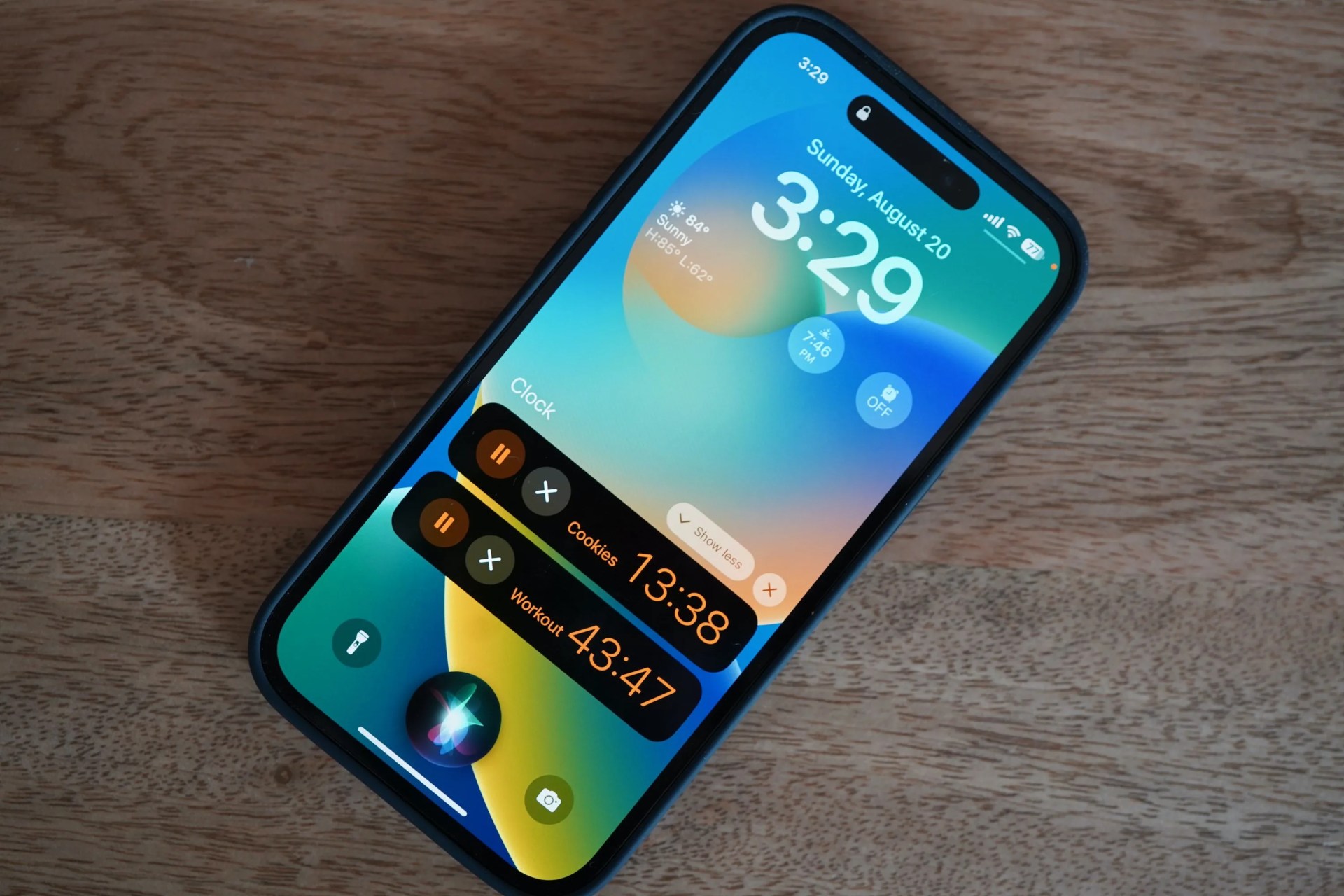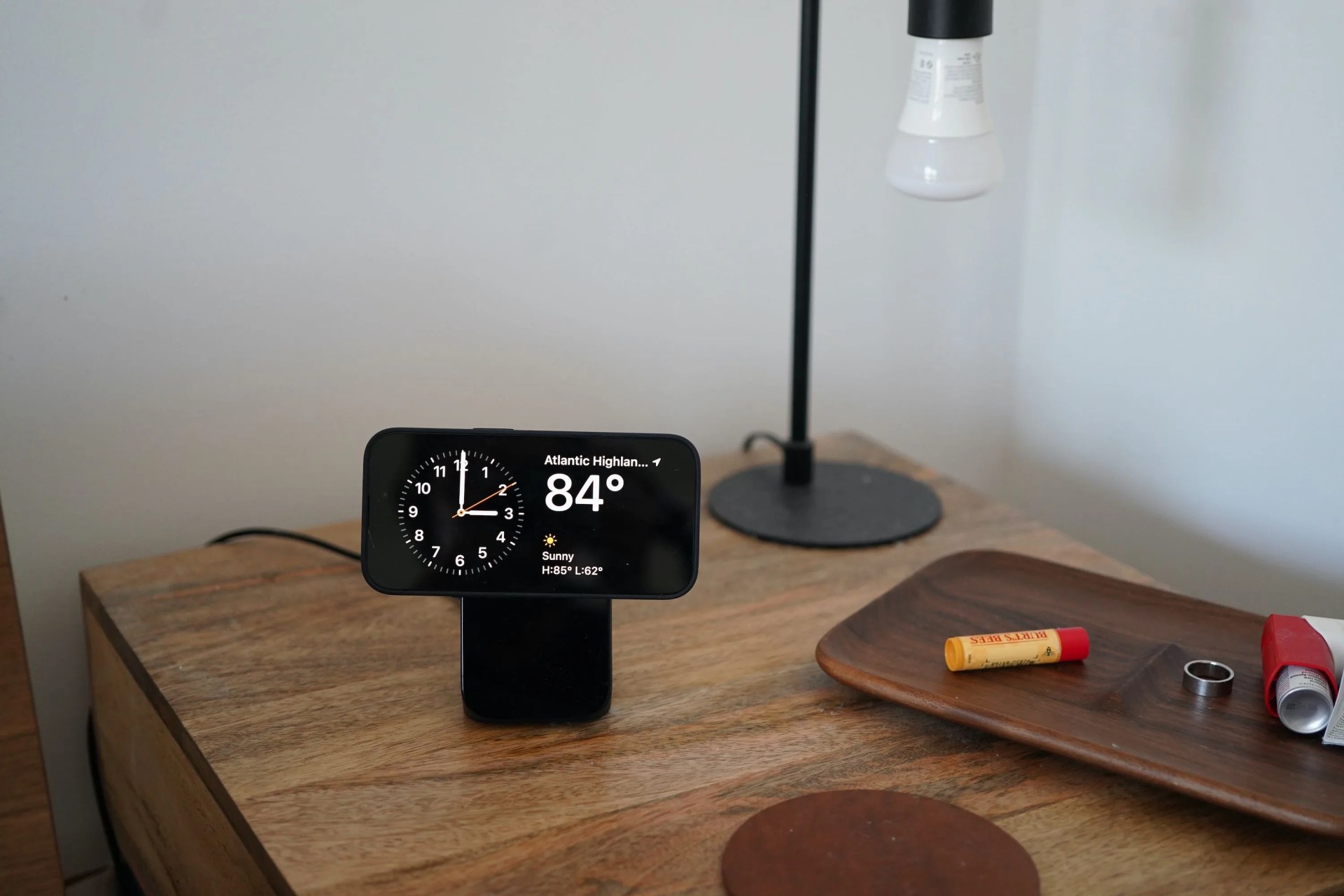Your iPhone is going to get a bunch of new features when iOS 17 rolls out this fall. There are big updates to apps like FaceTime and iMessage. There’s a Journal app for wellness and a new Standby mode that will let you turn your iPhone into a smart display. AirDrop and SharePlay are getting some new capabilities, too.
One thing you might have missed in all the hoopla surrounding Apple’s WWDC event — especially with all eyes being on the Vision Pro headset and 15-inch M2 MacBook Air — is that Siri is actually getting quite the update as well. It’s getting more advanced abilities and losing the “Hey” when requesting voice commands.
Here’s what you need to know.
You’ll no longer have to say “Hey Siri” — it’s just “Siri”
Apple is simplifying the way to use voice commands. You’ll no longer have to say “Hey Siri” to activate Siri — you’ll simply have to say “Siri.” This updated way of interacting with Siri will switch by default on iOS 17 (as well as on the updated operating systems for iPad, Macs and other Apple devices). If don’t like this change and you want the trigger phrase to still be “Hey Siri” instead of “Siri,” you’ll be able to switch it back via the Settings app.
You’ll be able to make back-to-back requests without saying “Siri” again
For the first time, you’ll be able to ask Siri multiple questions without needing to say “Siri” for each new request. For instance, you’ll be able to say “Siri, what’s the weather?” followed by “turn on my light,” and the voice assistant will be able to process both of those commands. This ability to handle back-to-back or multiple requests with a single voice command will be new to Apple devices this fall, although it is something that both Alexa and Google Assistant have been able to do for some time.





